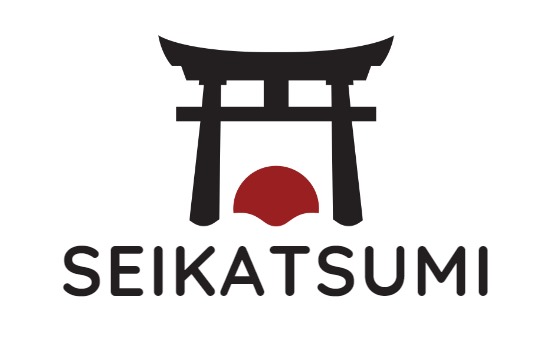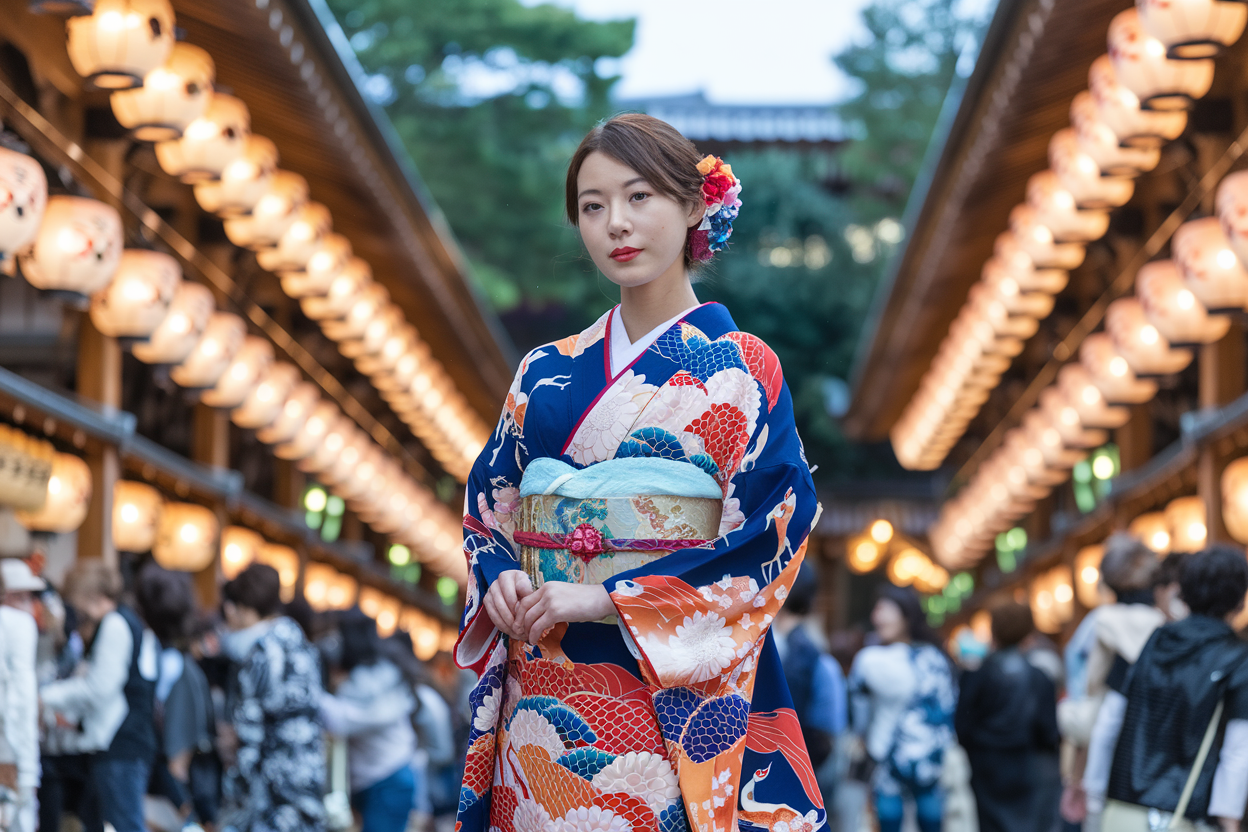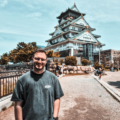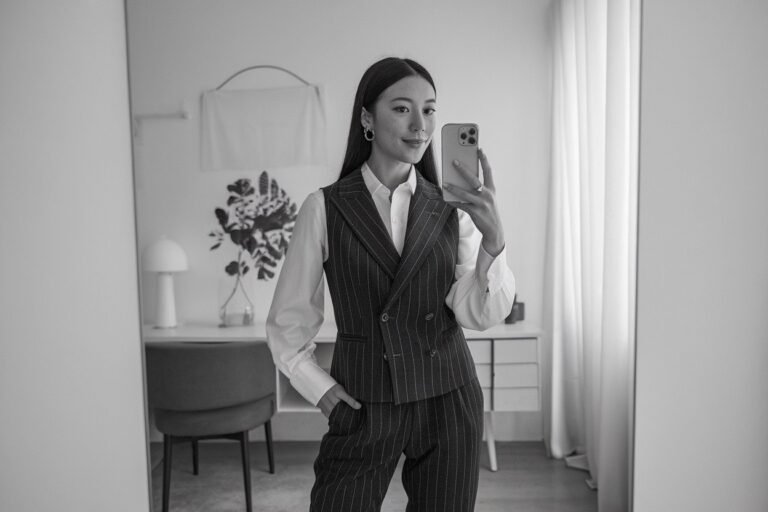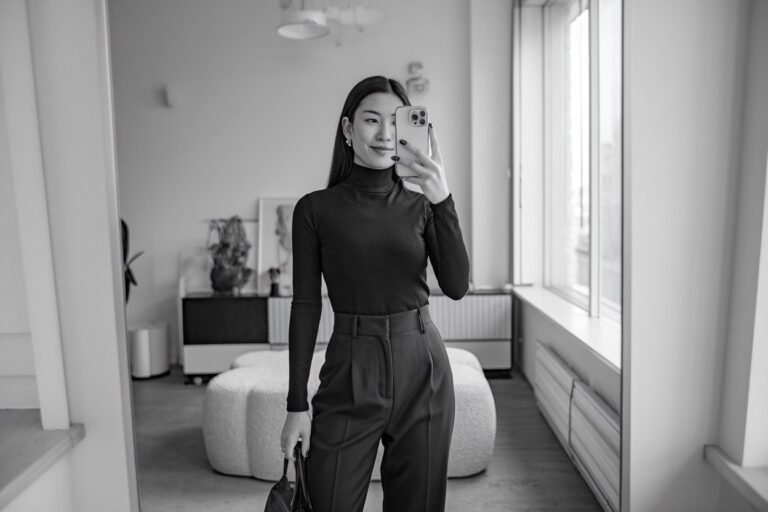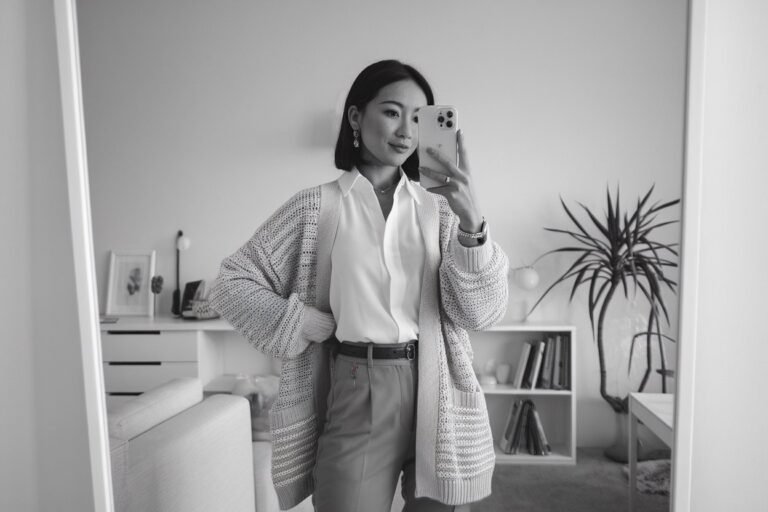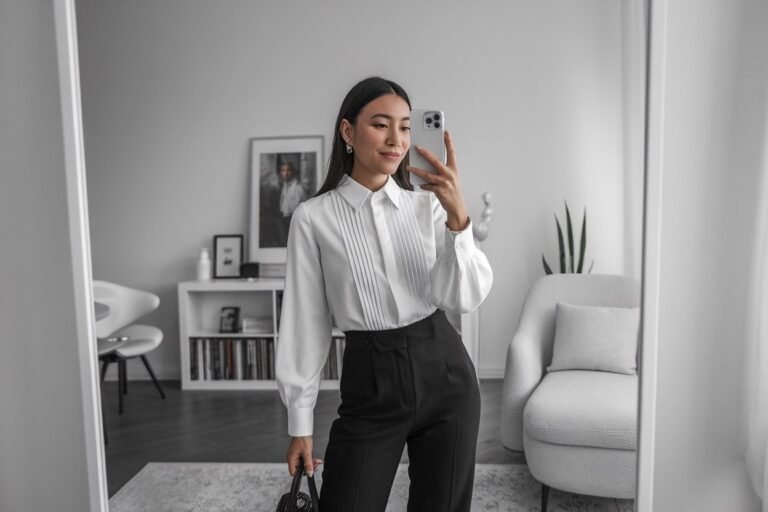Are you passionate about Japanese festival fashion? I share your enthusiasm!
I understand the excitement of discovering the perfect festival attire. That’s why I’ve explored the vibrant world of Japanese festival clothing to make it easier for you!
I’m thrilled to introduce you to the beauty of Japanese festival fashion. The iconic yukata, worn at summer festivals, is known for its lightweight and comfortable design.
So, why wait? Dive in and explore the beauty and meaning behind Japanese festival fashion! 🙂
History of Japanese Festival Fashion

Japanese festival fashion is rich in tradition and has evolved dramatically over the centuries. From classical garments of the Edo period to contemporary interpretations, the journey is both fascinating and colorful.
Edo Period Origins
During the Edo period, Japanese festival fashion found many of its enduring symbols. The happi coat, for instance, became a staple. These are short, sturdy jackets, often adorned with family crests or festival symbols.
I find it fascinating how these garments were designed to be practical yet festive.
Matsuri (festival) outfits included layered kimono, known as jūnihitoe, for women of higher status. Men typically wore yukata, a lighter, casual version of the kimono. These were made of cotton and ideal for summer festivals.
Festival attire was not only about aesthetics but also conveyed social status and community affiliation. The vibrant colors and intricate designs reflected the celebratory spirit and were often passed down through generations.
Modern Interpretations and Evolutions

Today, Japanese festival fashion has adapted to contemporary tastes while retaining its traditional roots. Modern happi coats are often more colorful, featuring playful designs suited for a broader audience.
Casual yukata remain popular, especially in summer, but now come in a wider array of patterns and fabrics.
I’ve noticed how some festival-goers even incorporate Western fashion elements, creating a unique fusion.
Accessories such as geta (wooden sandals) and folding fans are still prevalent, though often updated with modern aesthetics. The resilience and adaptability of festival fashion highlight its lasting appeal in Japanese culture.
Iconic Attires and Accessories
Japanese festival fashion is both vibrant and steeped in tradition. From the elegance of the yukata to the spirited happi coats, each garment and accessory tells a unique story. This blend of old and new showcases the rich cultural heritage.
Yukata: The Summer Kimono
I love the simplicity and lightness of a yukata. This garment, often made of cotton, is a summer staple at festivals. Its breezy fabric keeps me cool in the heat.
The yukata is easily recognizable by its beautiful patterns and vibrant colors. I often see people of all ages wearing them, enhancing the festive atmosphere.
Paired with geta sandals and an obi belt, the yukata completes a perfect summer look.
Hey you! Are you interested in more fashion trends? Then be sure to check out our top fashion articles! You definitely can’t miss it!
Japanese Traditional Clothes Men: The Best Timeless Fashion Of Japan In 2024
Japanese Winter Jeans Styles Men: Best Cozy and Sytlish Outfits 2024
Happi Coats and Hachimaki Headbands

Nothing screams festival spirit like a happi coat. These loose jackets, adorned with bold symbols and patterns, are a common sight.
They’re especially popular among groups and teams participating in festival activities.
Wearing a happi coat instantly makes me feel part of the community. Alongside the happi coat, the hachimaki headband is a must.
These headbands not only serve a practical purpose, keeping sweat at bay, but they also symbolize perseverance and spirit.
Contemporary Mixes and Streetwear Influences

I can’t help but notice how contemporary fashion influences Japanese festival attire. Traditional garments are often mixed with modern elements, creating a unique style.
It’s not uncommon to see yukata paired with sneakers or happi coats combined with streetwear. This fusion is particularly popular among younger festival-goers.
It shows how Japanese festival fashion evolves while respecting its roots. The blend of styles allows for personal expression while staying true to tradition.
Popular Festivals and Their Styles
Japanese festival fashion is a vibrant tapestry of colors, patterns, and traditional garments that tell stories of customs and celebrations.
It’s fascinating to see how each festival showcases unique attire that enhances the festive spirit and cultural significance.
Gion Matsuri in Kyoto

Every July, Gion Matsuri transforms Kyoto with its grand processions and traditional fashion.
The highlight is the yama and hoko floats, stunningly adorned with historic textiles.
Participants often wear yukata, a type of casual summer kimono, perfect for the hot weather.
This simple yet elegant garment comes in various colors and patterns, adding to the festive atmosphere. Men and women alike accessorize with geta or zori sandals, adding authenticity to their look.
Happi coats, characterized by their distinct symbols, are also common among festival teams.
Each symbol represents their group or neighborhood, fostering a sense of community pride and participation in this centuries-old celebration.
Awa Odori in Tokushima
The Awa Odori dance festival, held in Tokushima, is renowned for its energetic dance and striking costumes. Performers typically wear lightweight summer kimonos or yukata, which allow for easy movement during the dance.
Women traditionally don straw hats called amigasa, which add a distinctive flair to their outfits.
These hats not only serve a practical purpose in shielding from the sun but also contribute to the visual harmony of the group performances.
Men usually wear hachimaki, a headband tied around the forehead, symbolizing perseverance. Completing their attire are tabi socks and wooden geta sandals, the latter adding a rhythmic sound to their dance steps, enhancing the overall sensory experience of the festival.
Tokyo’s Harajuku Fashion
Harajuku’s takes on Japanese festival fashion are an eclectic mix of traditional and modern influences, reflecting Tokyo’s cutting-edge style.
During festivals, you’ll see a fusion of kimono, yukata, and happi jackets with contemporary elements.
Festival-goers often personalize their outfits with unique accessories.
Colorful wigs, creative makeup, and quirky jewelry are common, making Harajuku’s festival fashion a vibrant spectacle.
Street vendors and fashion boutiques around Harajuku offer endless options for customization. They encourage individuality and self-expression through fashion.
This blend of old and new makes Harajuku a standout for its inventive and ever-evolving festival styles.
Frequently Asked Questions
What should I wear to a Japanese festival?
Wear a yukata, a casual summer kimono, or festival-specific attire like happi coats.
Where can I buy Japanese festival clothing?
You can buy festival clothing at local shops, department stores, or online.
Are there any accessories to complete the festival look?
Yes, you can add accessories like geta sandals, obi belts, and traditional fans.
If you liked this blog article about Japanese Festival Fashion, don’t forget to follow us on Pinterest so you don’t miss any more fashion tips.
Let us know, which of the above is your favorite Japanese Festival Outfit!
